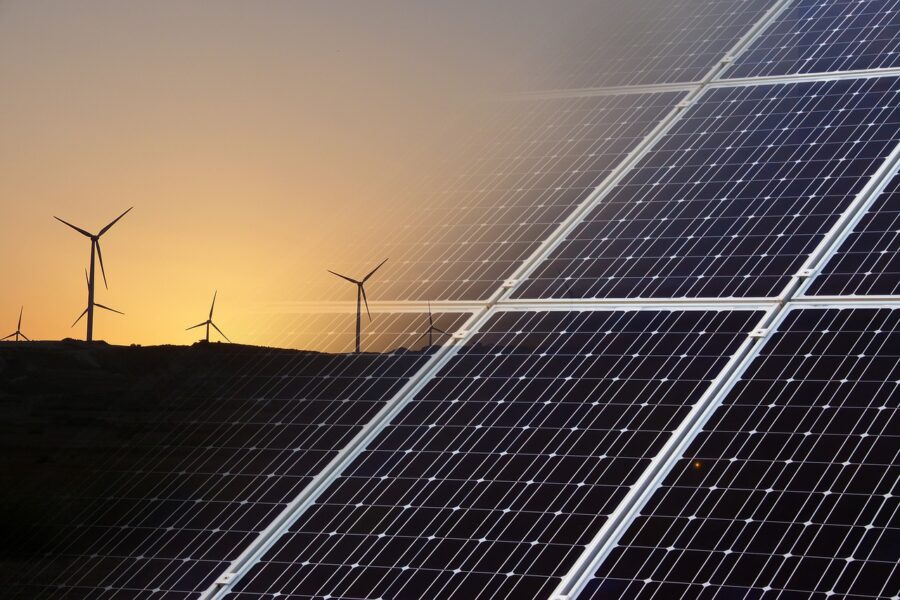As the GHP remains uncertain of its ambitious goal, the green energy policy may require a more detailed evaluation.
On 17 February, the ministry of power announced the green hydrogen policy.
The policy is welcomed among industry participants as it fits with the climate-action thrust of India’s budget for 2022-23.
Furthermore, by 2030 more than 80% of green hydrogen demands would be met, as the policy aims to produce 5 MTPA.
Will GHP achieve its ambitious goal after a detailed evaluation?
Indian Oil Corp (IOC) estimates that GHP production would reduce 40-50% of the cost.
According to IEA, IOC is the largest refiner, and oil refining is the largest consumer of hydrogen.
Renewable energy is a significant cost component. Therefore, producing 1kg requires 50kWh of electricity, providing electrolyzer efficiency of 70%.
Furthermore, India is known for the world’s lowest average cost of RE generation and consumption.
Nevertheless, the country imposes serious charges on wheeling and transmission between the points of consumption and generation.
Renewable energy for green hydrogen policy
The green hydrogen policy predicts that co-located or remotely-located RE plants can supply power for GH production.
However, the remotely-located RE plant would determine the cost of the output.
In most states, the landed cost of solar power ranges from ₹3.70 and ₹7.14 kWh, according to a report from Mercom India.
Furthermore, with a landed cost of ₹4-7 per unit, the green hydrogen production would cost ₹4-7 per unit, per the IOC estimation.
The cost of green hydrogen production is almost 3.5 times more than that of grey hydrogen.
Therefore, the halved landed cost for RE obtained from various sources makes green hydrogen competitive regarding grey.
Is green hydrogen production expensive?
The waiver of ISTS charges reported in the GHP may not make green hydrogen competitive.
Furthermore, the cross-subsidy surcharge and additional surcharge constitute a significant component of the landed RE cost for open access to RE projects.
Moreover, as per Mercom India, cross-subsidy imposition in states ranges from ₹1.71 to ₹2.23 per kWh.
Nevertheless, a substantial reduction in the two charges would attract producers of green hydrogen.
GHP and State Electricity Regulatory Commissions
As per the Electricity Act, 2003, SERCs hold power to allow the banking of renewable energy.
GHP also allows banking RE used for hydrogen and ammonia production for 30 days.
Furthermore, the GHP aims to cap the charges on this to the difference between the discom’s last-year average tariff for RE procurement and the average market clearing price in the day-ahead market during the month of banked RE.
Nevertheless, RE-rich states are disconnecting themselves from RE banking or restricting the facility.
RE-rich states disconnect from RE banking
As the GHP fails to mention any waiver of ISTS losses from GH and ammonia projects, they waived charges for hydrogen projects commissioned before 30 June 2025.
Gujarat allows settlement for banked solar power only between 7 am and 6 pm and imposes ₹1.5 per unit for ‘high-tension’ consumers.
While Rajasthan imposes a 10% charge, they allow banking of up to 25% of RE generation and settlement annually.
However, Andhra Pradesh and Tamil Nadu do not allow RE banking.
Nevertheless, unless RE-rich states impose the GHP’s banking provisions and uniform charges, green hydrogen producers may not benefit.
Additionally, as Reliance and IOC aim to set up green-hydrogen production facilities, other manufacturers and RE developers would hesitate to commit to large-scale investments.
Lastly,
As the GHP measures aim to increase the supply of green hydrogen at competitive rates, demand stimulation is absent.
However, for instance, the Centre may consider incentivizing petroleum refiners and fertilizer makers to make and use green hydrogen by offering subsidies linked to their level of its utilization as feedstock.
As a result, India moves closer to achieving its net-zero emissions target by 2070.
Also Read – Indian Oil Corporation plans ‘green hydrogen’ plants by 2024

2 Comments